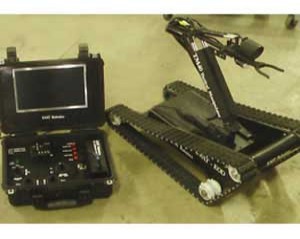Dec 30 2010
A group of biomedical scientists and engineers at the University of Houston (UH) with doctors from the Methodist Hospital Research Institute (TMHRI) have partnered to create a platform for robotic surgeries on hearts in a minimally invasive manner with the help of images.
 MIROS
MIROS
Scientists in MRL are designing a robot that would automate and improve accuracy of cardiothoracic surgeries that will be guided by magnetic resonance imaging (MRI), and deploying a flexible robotic product to move inside the beating heart and past organs across the body, minimizing trauma in patients.
The project has been funded by NSF’s cyber-physical system (CPS) program, and is headed by Nikolaos V. Tsekos, director of MRL, associate professor of computer science at UH and principal investigator, and will develop methods to perform surgeries using robotic devices with MRI image guidance.
The MIROS can integrate and use multimodality imaging that carry information; help surgeries on a beating heart without stopping its natural movement; and lower the instrument into the heart through a visual-tactile interface. This development should give surgeons real-time information for improving diagnosis and assessment pre-, during and post-surgery.
The first edition of MIROS has been designed specifically for surgeries involving entry into the heart through the myocardium or the muscular tissue of the heart. Without impeding the versatility of the system, the team has chosen the clinical paradigm of an alternate aortic valve replacement hoping it will lead to a quicker procedure involving less trauma and faster recovery.
To minimize use of animals in this research, the team will perform all tests without animals by developing an ‘actuated heart phantom’, a computer-controlled machine with 27 motors that move various structures to imitate the beating heart.